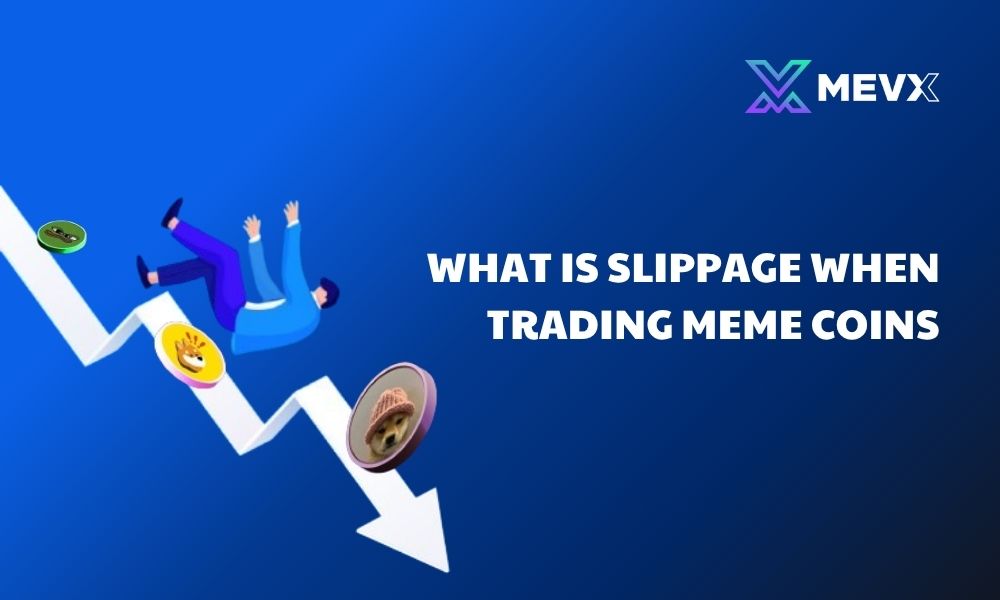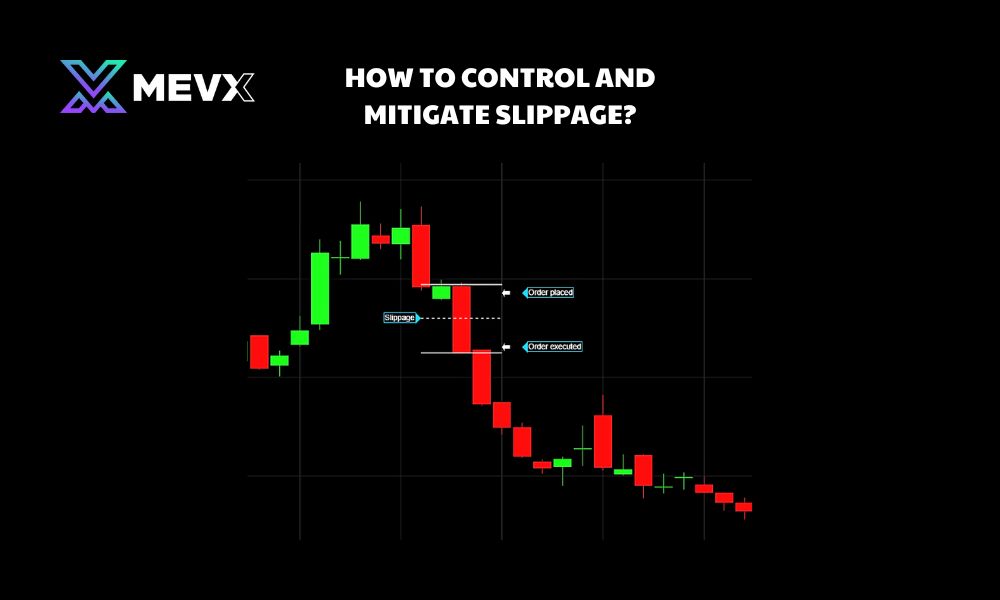What is Slippage when trading meme coins is a common question for new investors entering the volatile crypto market. Simply put, it’s the difference between the price you expect for a trade and the actual price at which the order is filled. This phenomenon is particularly prevalent with meme coins and can significantly impact your profits, making it crucial to understand.
What is Slippage when trading meme coins?
When you click the “buy” or “sell” button for a cryptocurrency, your order isn’t executed instantly. It needs to be sent to an exchange, find a corresponding order (another buyer or seller), and be confirmed on the blockchain. During that brief period, the asset’s price can change. This change is Slippage.
Imagine you are buying an item online for $100. However, by the time you get to the checkout page, the price has increased to $101 due to high demand. That $1 difference is analogous to Slippage in trading. The essence of what is Slippage when trading meme coins is this very uncertainty about the final price.
Slippage can occur in two ways:
- Negative Slippage: This is the most common scenario. The actual price you get is worse than you expected. For example, you want to buy Dogecoin at $0.15, but the order is filled at $0.151.
- Positive Slippage: This is rarer, occurring when the actual price is better than you expected. For example, you place a buy order at $0.15 but get it filled at $0.149.

Why is Slippage so common when trading Meme Coins?
Meme coins are not like traditional assets or even major cryptocurrencies like Bitcoin or Ethereum. Understanding what is Slippage when trading meme coins requires examining the unique characteristics of this asset class.
Extreme Volatility
Meme coins are notorious for their massive price swings. Their value can skyrocket or plummet by tens or even hundreds of percent within minutes or hours. This volatility is primarily driven by hype, news, tweets from influential figures, or community-driven FOMO (fear of missing out). When prices change rapidly, the gap between the price you see and the price at which your order is executed widens, leading to high Slippage.
Low Liquidity
Many meme coins, especially new projects, have very low liquidity. Liquidity refers to the amount of money and assets available in a “pool” on decentralized exchanges (DEXs) like Uniswap or Pancakeswap to facilitate buying and selling.
When liquidity is low, even a relatively large buy or sell order can have a significant impact on the price. Imagine a small pond; throwing even a small pebble can create large ripples. Similarly, a large trade in a small liquidity pool will cause substantial price slippage. The combination of high volatility and low liquidity is the most direct answer to what is Slippage when trading meme coins.
Network Congestion
Meme coin transactions often occur on blockchains like Ethereum or Binance Smart Chain. At times of high trading volume, such as when a new meme coin launches, the network can become congested. This increases transaction confirmation times, creating more opportunity for the price to change before your order is filled.
A simple way to calculate Slippage
To truly grasp what is Slippage when trading meme coins, you need to know how to calculate it. The formula is straightforward:
Slippage (%) = ((Executed Price – Expected Price) / Expected Price) * 100%
For example: You want to buy 1,000,000 PEPE tokens at an expected price of $0.000012 per token (totaling $12). However, due to slippage, your order is filled at an executed price of $0.0000125 (totaling $12.5).
Slippage = (($0.0000125 – $0.000012) / $0.000012) * 100% = 4.16%
In this case, you experienced a negative slippage of 4.16%.
How to control and mitigate Slippage?

While Slippage is an unavoidable part of the market, especially with meme coins, you can certainly control and limit its impact. Applying these strategies is the most practical answer to the question of what is Slippage when trading meme coins and how to deal with it.
Adjust Slippage Tolerance on DEXs
On decentralized exchanges, you’ll find a setting called “Slippage Tolerance.” This is the maximum percentage of price change you are willing to accept.
Setting it low (0.1% – 0.5%): Your trade will be safer, but there’s a higher risk of it failing (“transaction failed”) if the price moves quickly.
Setting it high (5% – 10% or more): Your trade will almost certainly succeed, but you might buy at a significantly higher price or sell at a much lower one.
This is the most critical tool for actively managing your risk when learning what is Slippage when trading meme coins. For newly launched meme coins, you are sometimes forced to set a high slippage tolerance for the transaction to go through.
Break down large orders
Instead of executing a single $10,000 buy order, try splitting it into ten smaller orders of $1,000 each. Smaller orders have less impact on the liquidity pool, thereby helping to minimize Slippage.
Trade during less volatile times
Avoid trading at the exact moment major news breaks or when an influencer has just posted about the coin. Wait for the market to stabilize a bit to reduce the risk of Slippage.
Use exchanges with high liquidity
Prioritize trading meme coins on exchanges or trading pairs that have high volume and deep liquidity. The higher the liquidity, the smaller the price impact of trades, resulting in lower Slippage.
In summary, understanding what is Slippage when trading meme coins is a vital skill for protecting your capital and optimizing your profits. It is an unavoidable risk but one that is entirely manageable with the right knowledge and strategy.
Continue following Mevx to stay updated with more useful knowledge and insights.
